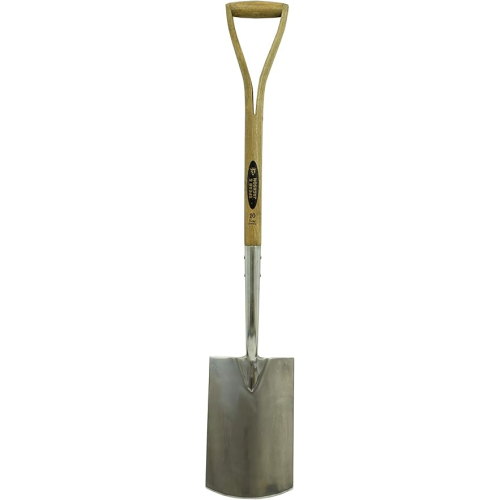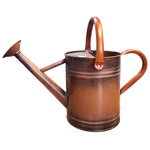7 drought-tolerant perennials to plant in July – plant once and get low-maintenance blooms year after year
Once established, this selection needs little watering
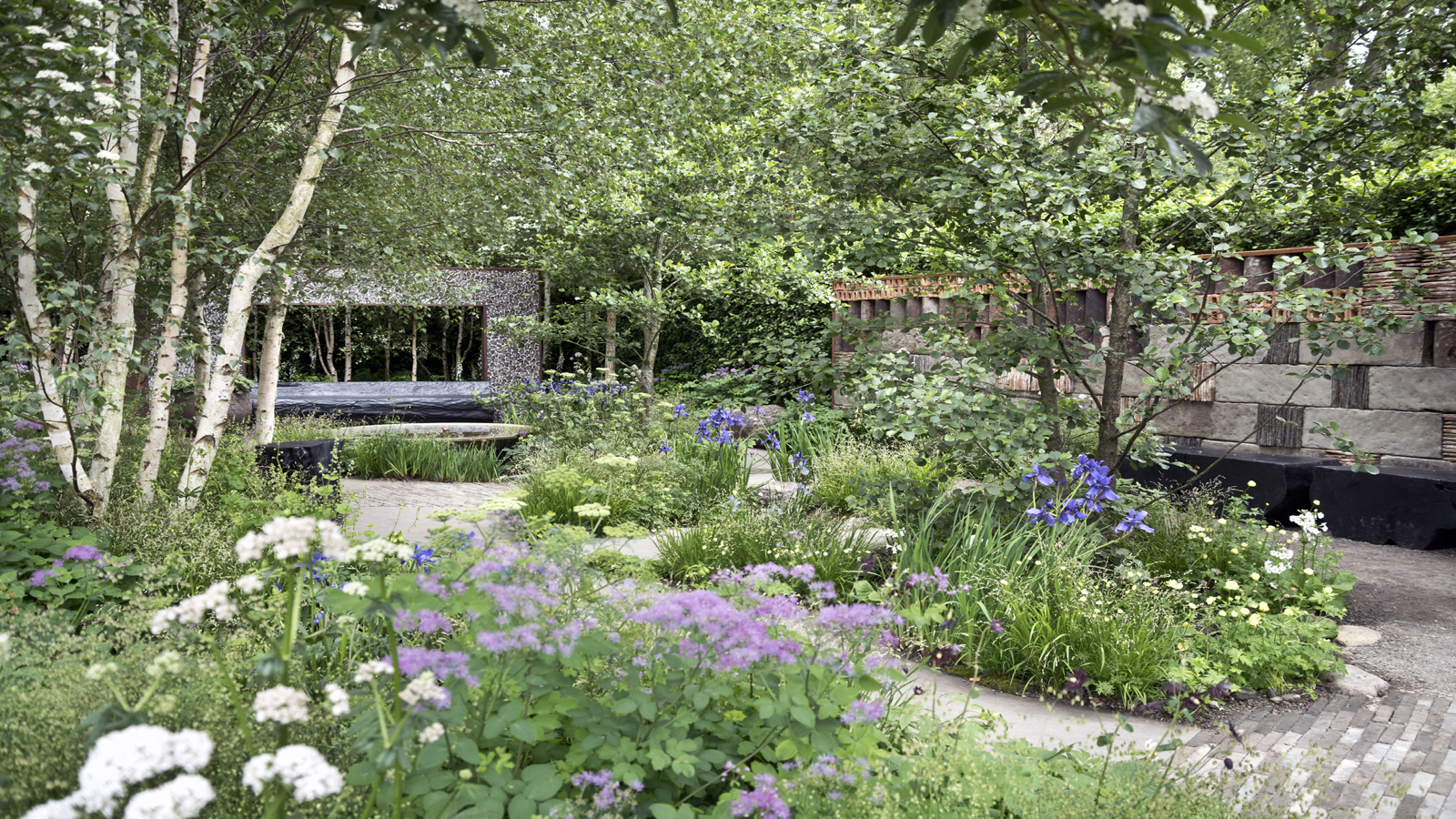
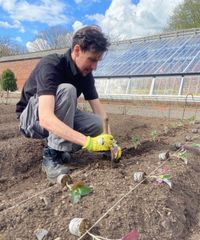
Summer is not the traditional time for planting, but you can add perennials to your garden this month, provided you pick wisely. That is where drought-tolerant perennials come to the fore; they can be planted during warmer months, but still need care and attention to establish.
Most perennials favor being planted in the spring or fall, when temperatures are cooler and there is ample natural rainfall. Then there are those perennials that are more tolerant of heat and drought, and these are the plants we are focusing on here.
The following drought-tolerant flowering perennials can be planted in July into flower beds and borders to give years of beautiful displays. These plants can better withstand warm and dry conditions, but you do still need to water them regularly in their early days. But the effort required to get them established is more than paid off thanks to their low-maintenance nature in the years to come.
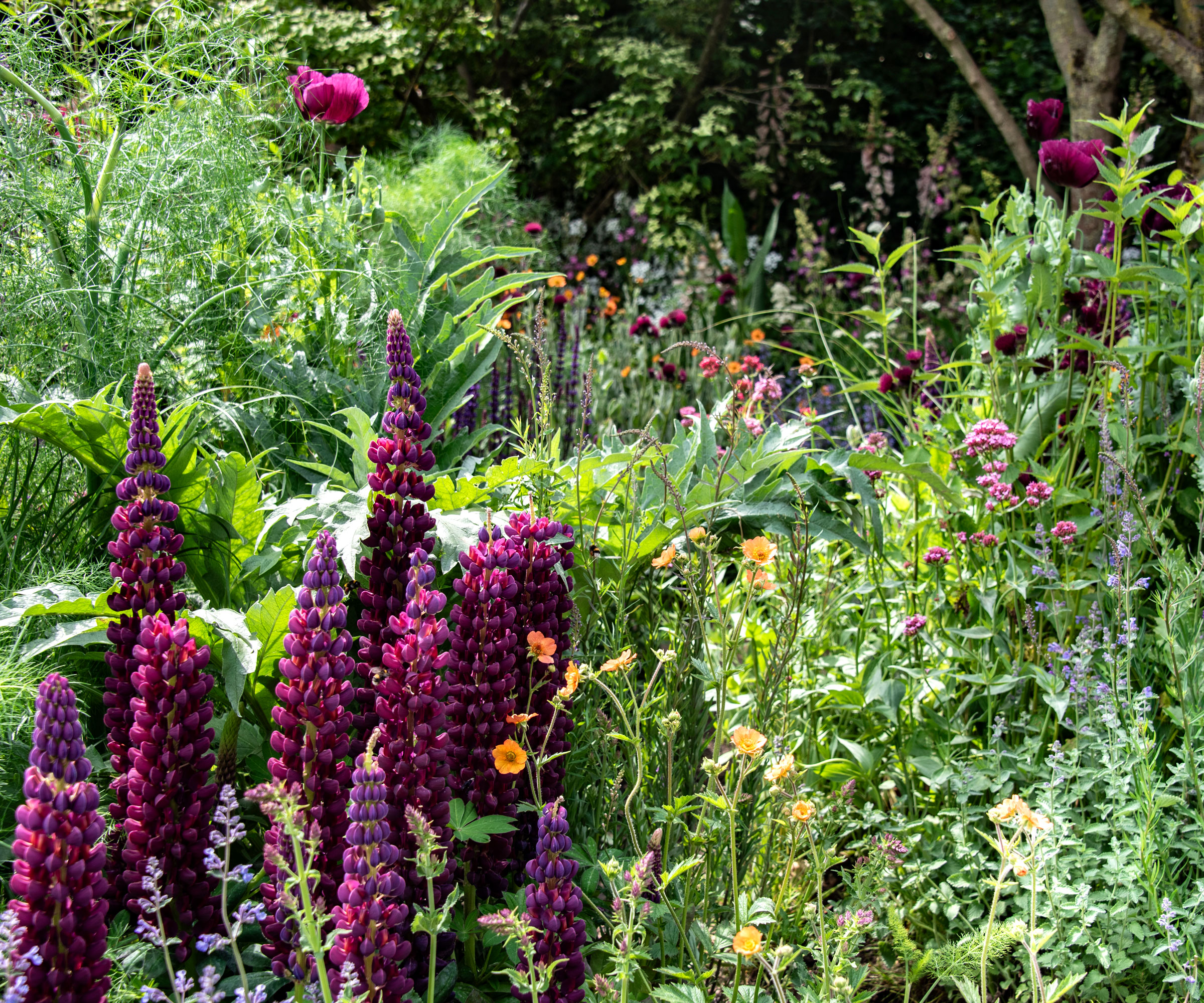
7 of the best drought-tolerant perennials to plant in July
Only when these low-maintenance drought-tolerant plants are firmly established in their new home will they have their full tolerance to heat and drought. So, look after them in the early days and weeks after planting with regular deep watering.
It is recommended to plant these perennial plants in the cooler temperatures of early morning or evening this month, rather than during the hottest part of the day. To help them get established, consider covering them with shade cloth to protect them from sweltering afternoon sun, especially if you live in a hotter climate.
1. Salvia
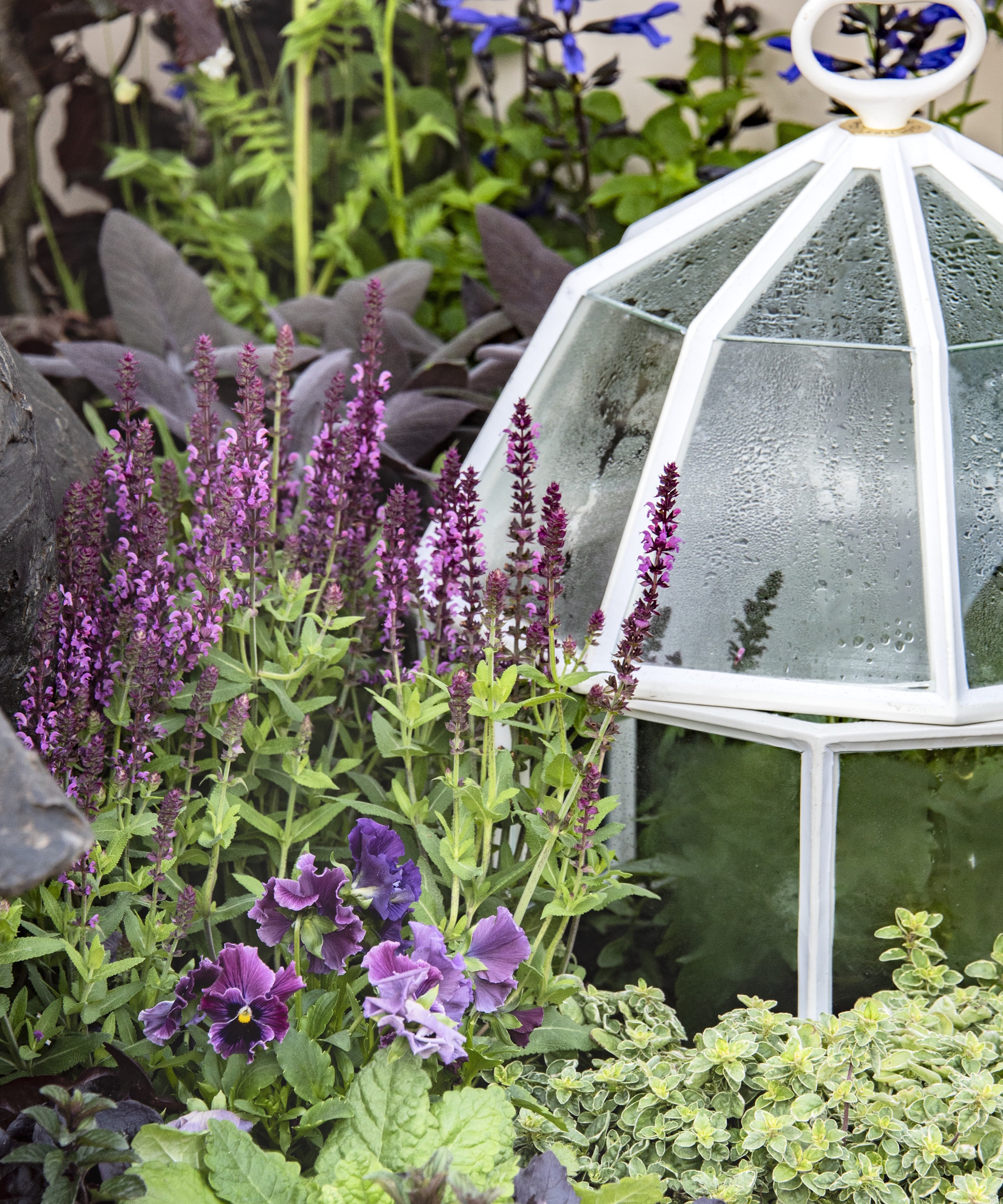
Salvia originates from the Mediterranean and the Americas, and now around 50 types of salvias are native plants in North America. It is a large genus with a wide range of varieties that produce colorful, upright blooms in shades of blue, purple, red, and pink.
Most varieties of salvias are drought-tolerant once established and can produce flowers throughout the summer. Perennial salvias are hardy plants that come back year after year in US hardiness zones 4-10, with their blooms attracting lots of pollinators each summer.
Design expertise in your inbox – from inspiring decorating ideas and beautiful celebrity homes to practical gardening advice and shopping round-ups.
If you are after a gorgeous, reliable plant that only requires occasional watering, then salvias make a great addition. You can even grow salvia in pots in smaller spaces.
You can get drought-tolerant Salvia nemerosa 'May Night' live plants at Amazon
2. Sedum
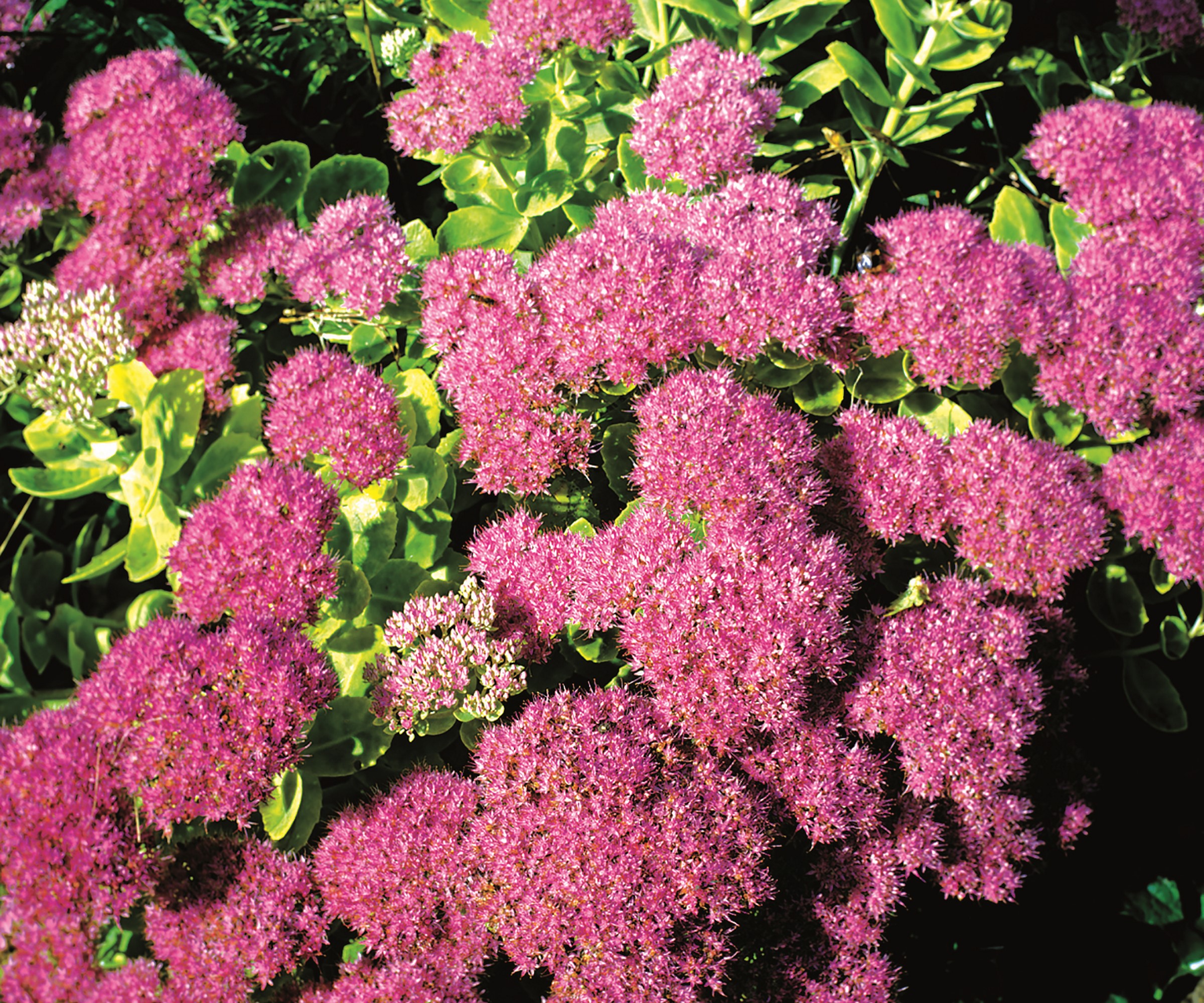
Sedum is a wide genus that includes perennials as well as biennials and annuals, in forms ranging from small plants for ground cover to large border varieties. The good news is that almost all perennial sedums are drought-tolerant and low-maintenance; they’ll require little effort during the season until you cut back sedum for winter.
It is the fleshy, succulent-like foliage of sedums that makes them drought-tolerant. They hold onto moisture, storing it away for long periods. This is why sedums are great for dry gardens, rock gardens, and xeriscaping.
If you are after a showy sedum variety, then ‘Birthday Party’ will dazzle with bright heads of rose-pink blooms right through until the frosts arrive. You can get Sedum ‘Birthday Party’ at Nature Hills to grow in zones 4-9.
3. Yarrow
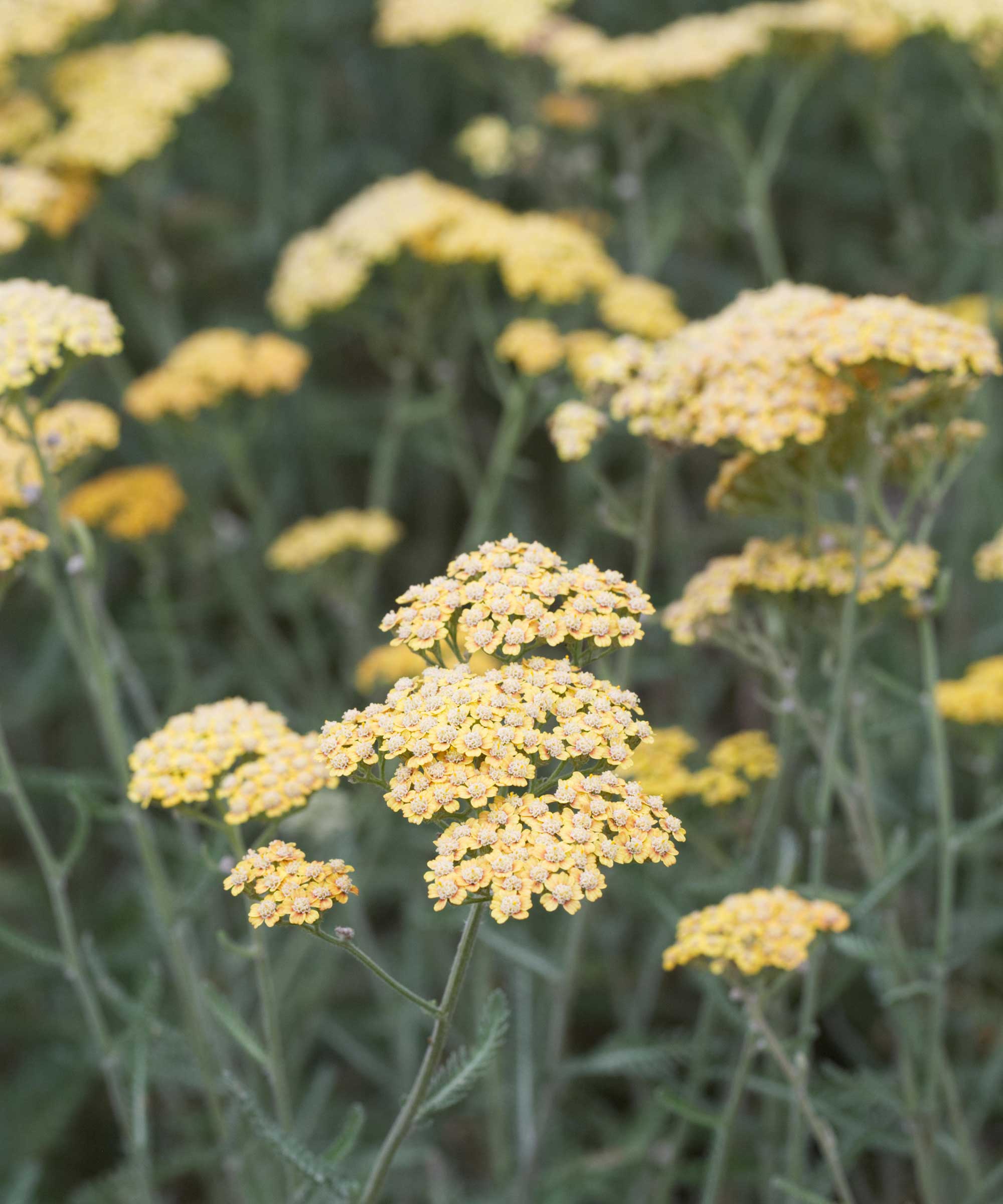
Yarrow, also known as Achillea, is a low-maintenance perennial that requires minimal watering and feeding once established. It is a perennial that thrives on neglect, and you often need to do little more than deadhead yarrow for a longer display of blooms.
Even with little attention, as one of the longest-flowering perennials, you can enjoy the show of flat blooms and feathery foliage for potentially months on end. The blooms can come in shades of red, pink, yellow, or white, and yarrow is a great plant for pollinators as it attracts lots of bees and butterflies.
Once established, you are likely not to need to water yarrow. It can usually be sustained by natural rainfall as its long root system penetrates deep down into the soil to access the moisture it needs.
4. Black-eyed Susan
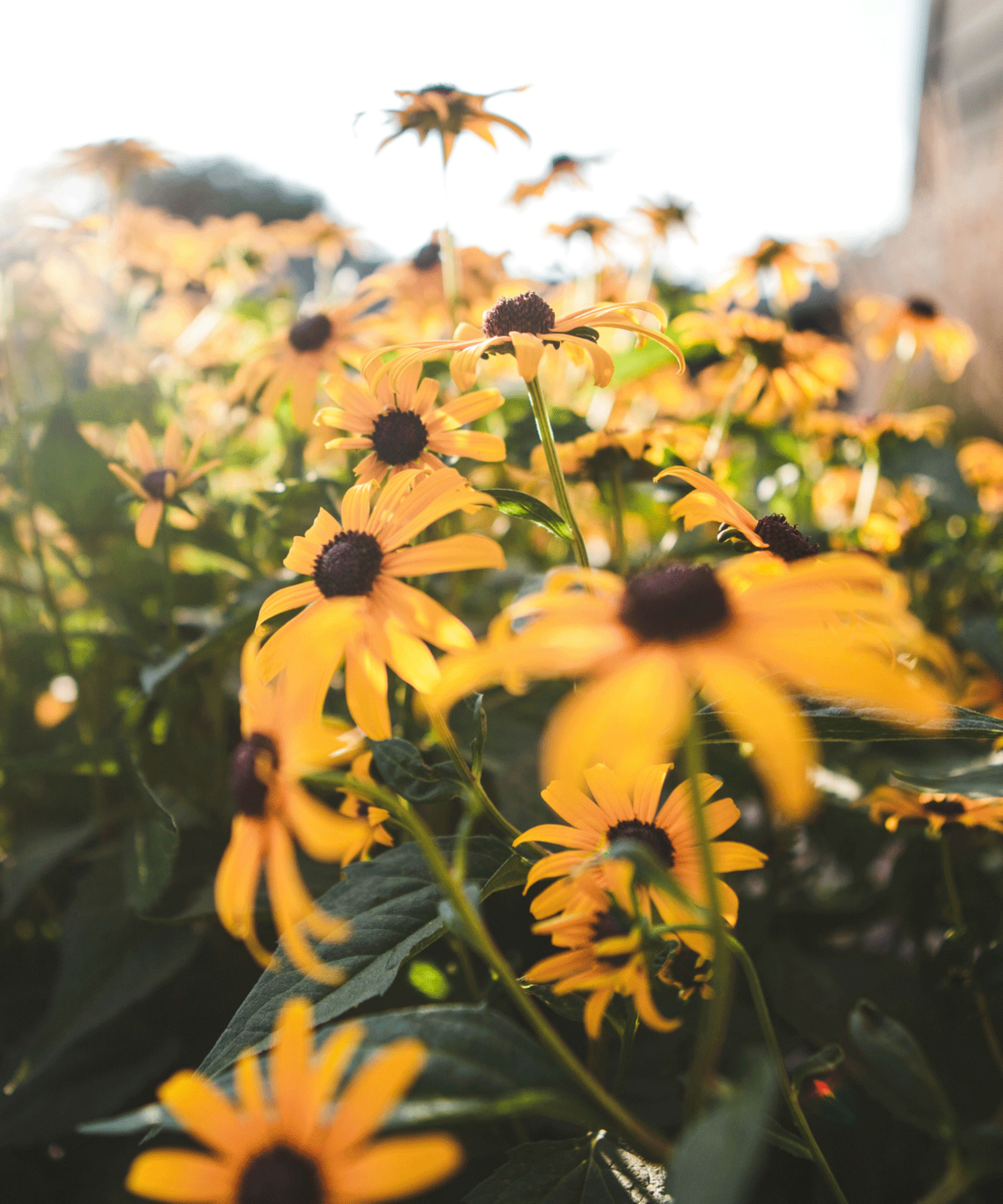
Black-eyed Susan is a versatile and easy-going perennial that is tolerant of heat, drought, and poor soil. You can plant Black-eyed Susan in July, and it will establish quickly, with the aforementioned regular watering for the first weeks, thanks to the plant’s ability to speedily develop roots.
The bold and bright flowers are great for wildlife gardens as they attract lots of beneficial pollinators, as well as birds in winter when their seedheads are a valuable food source. Which is why it is better to cut back Black-eyed Susans in spring.
Black-eyed Susans come in different shades, including red, orange, and green. However, they are most known for bright yellow blooms, like this ‘Glitters Like Gold’ Black-eyed Susan at Nature Hills that forms tidy clumps and the distinctive yellow blooms surrounding a dark center.
5. Lychnis
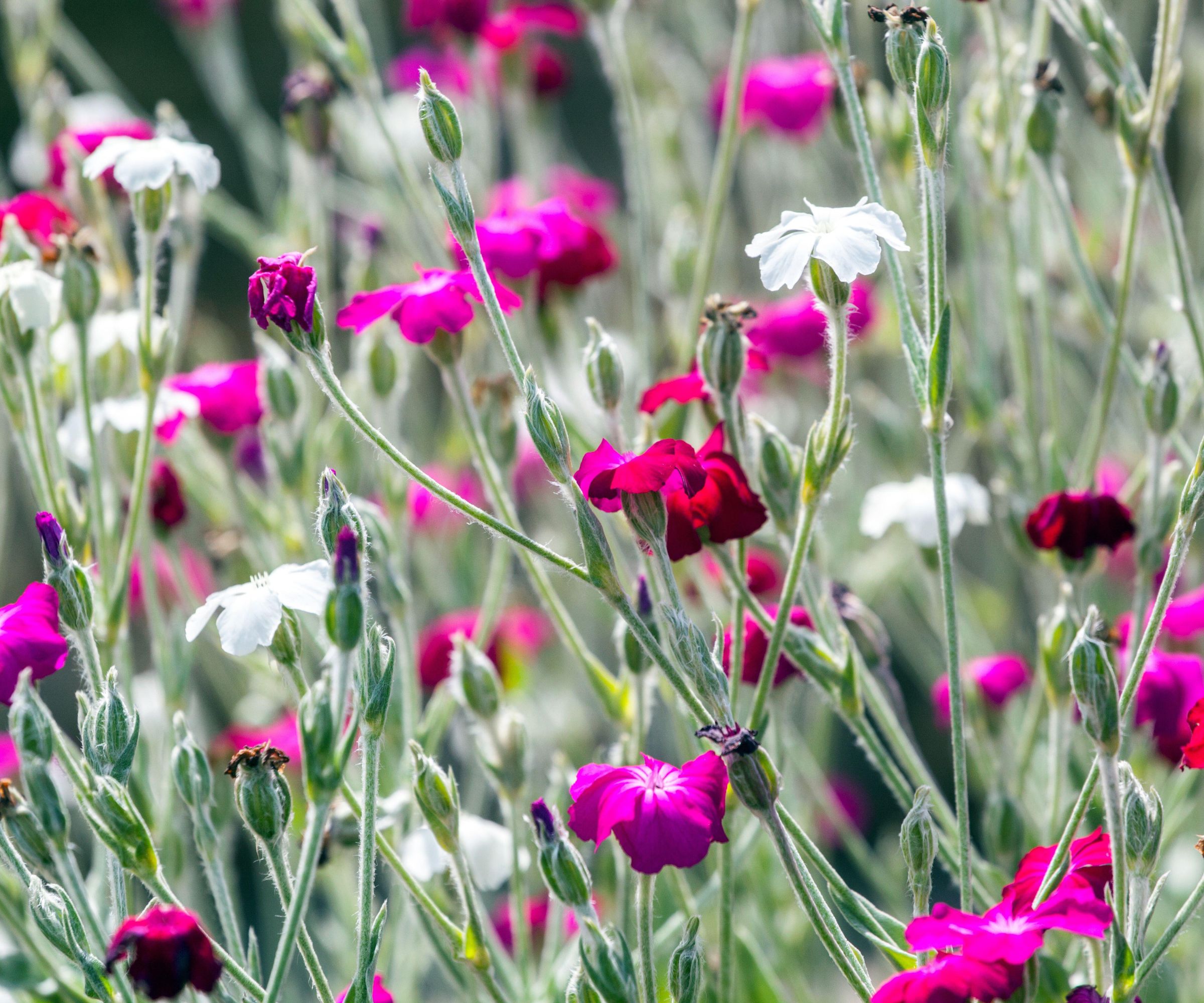
Lychnis, also known as Rose Campion, is a stunning plant with silvery foliage and vibrant pink flowers. It benefits from the fact that silver, or grey, leaves help reduce water loss, making them more tolerant of hot and dry periods.
You can get plants to add to your beds or borders this month, or sow Lychnis seeds directly into their growing position, such as with these Lychnis Coronaria seeds available at Amazon. Sow the seeds outdoors this month and keep the soil moist for good germination.
Once established, lychnis are self-seeding flowers that like to spread around beds. As well as in sunny flower beds or borders, lychnis are ideal for free-draining spots like gravel gardens.
6. Echinacea
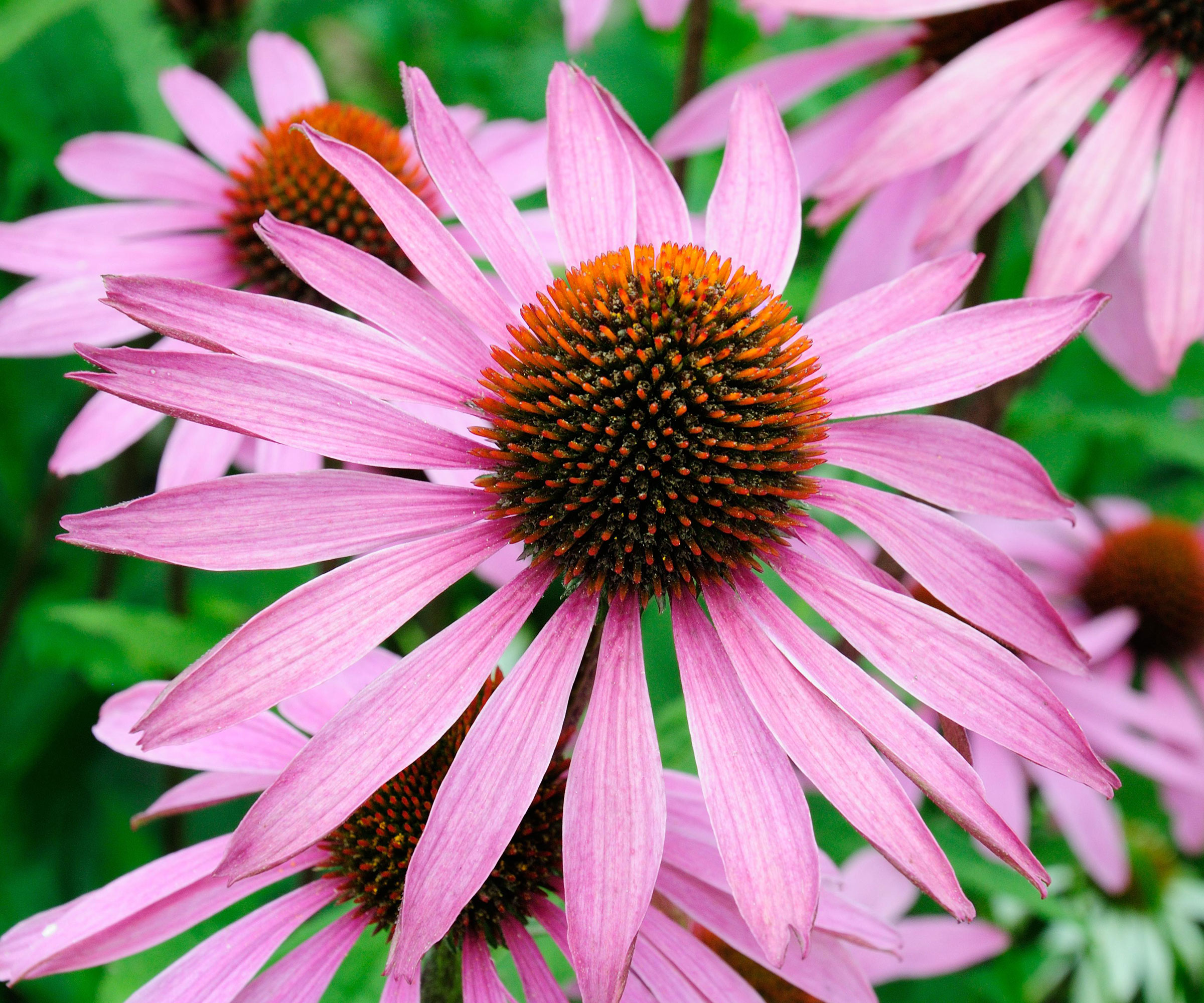
Coneflowers, also known as echinacea, are popular wildflowers that have found their way into the hearts of gardeners. You can grow coneflowers in borders and wildlife gardens for bright, nectar-rich blooms to attract butterflies and other pollinators. They make an impact in the yard, but don’t require lots of maintenance.
You can deadhead coneflowers for more blooms, and you do need to cut back coneflowers at the end of the season, but you won’t need to water them regularly. These drought-tolerant plants can withstand hot and dry periods during summer.
There are lots of coneflower varieties to choose from, and you can pick from a range of colors and sizes. I like this Purple Coneflower at Nature Hills as the pinky-purple petals stand out against the dark central cone and make excellent cut flowers.
7. Agastache
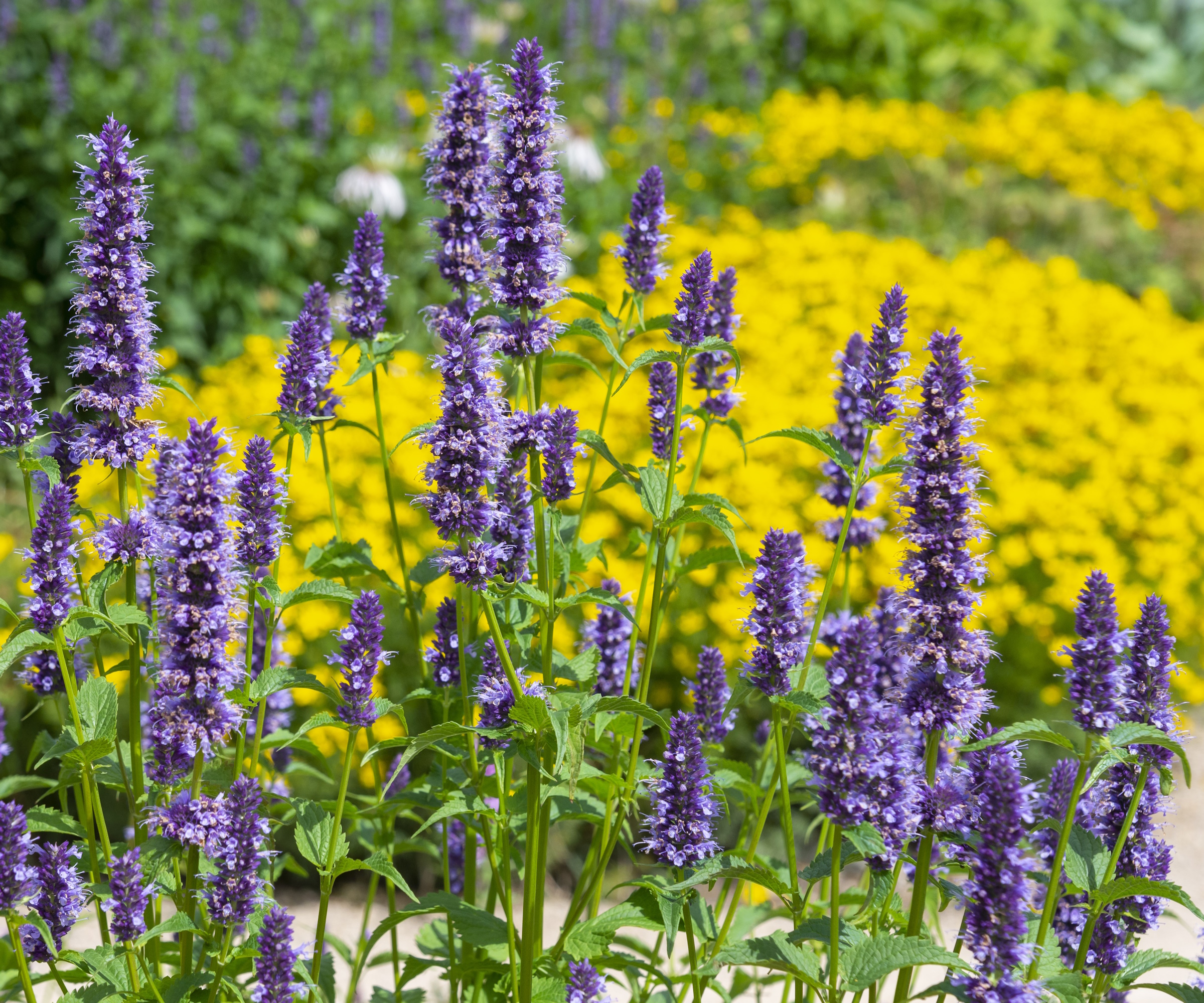
The genus Agastache contains over 20 different species, and different varieties are commonly known as hummingbird mint or giant hyssop. The plants are mainly native to warmer parts of North America and have developed a high level of heat and drought tolerance.
Agastache plants charm with long-lasting flower spikes adored by butterflies and hummingbirds, as well as their highly fragrant foliage. While traditionally agastache had blue or purple blooms, new modern cultivars can be found with pink, red, orange, yellow, or white spikes of flowers.
A lovely example is this Agastache 'Globetrotter' live plant at Walmart with lilac-pink blooms.
As well as thinking about drought-tolerant perennials to plant in July, there are lots of other jobs you can put on a summer gardening checklist. Just to name two of these, there are plants to prune in July that may need some TLC before it is too late, along with the opportunity to propagate plants in July to boost your collection and get new plants for free.
Shop essential gardening supplies
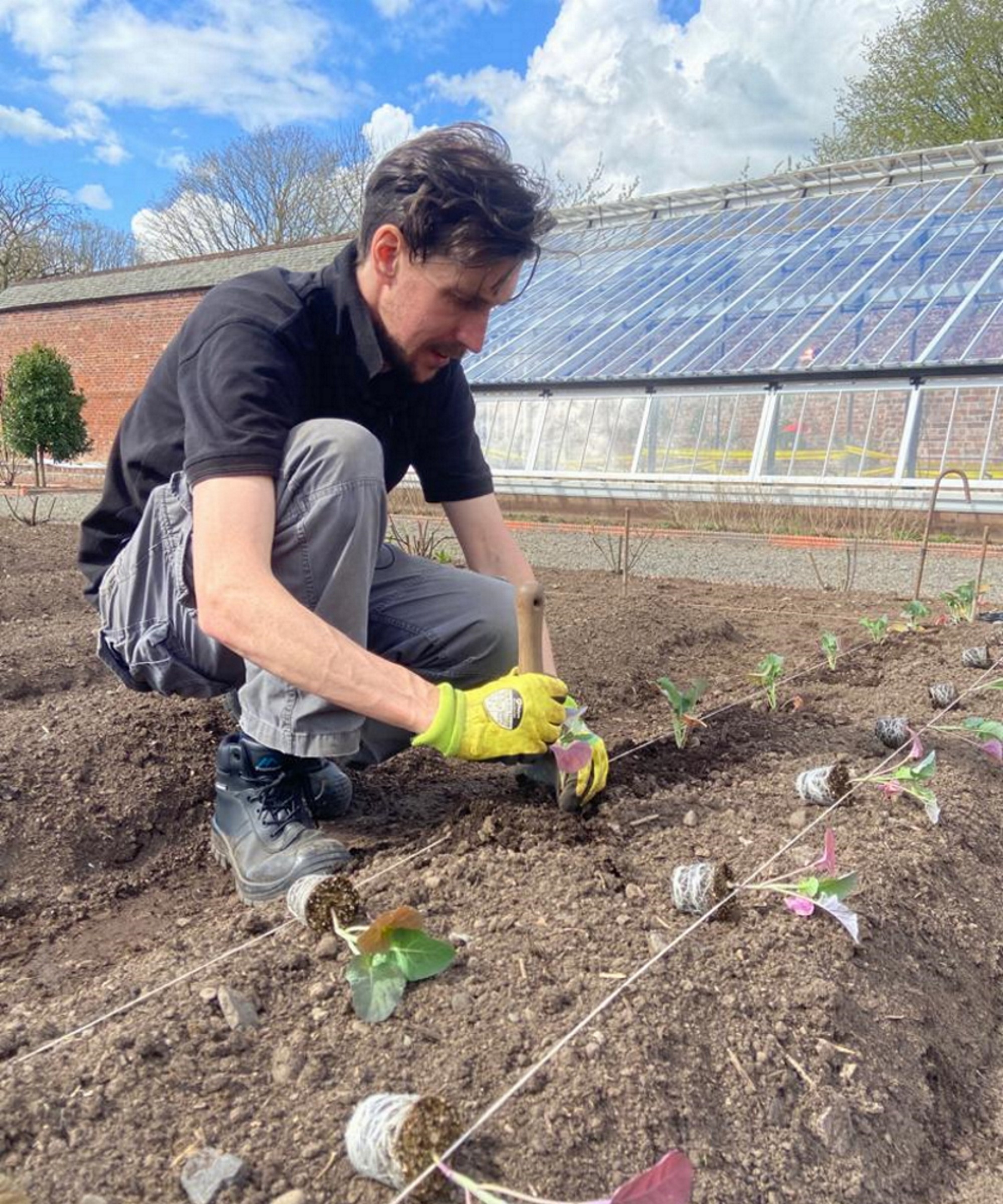
Drew has worked as a writer since 2008 and was also a professional gardener for many years. As a trained horticulturist, he worked in prestigious historic gardens, including Hanbury Hall and the world-famous Hidcote Manor Garden. He also spent time as a specialist kitchen gardener at Soho Farmhouse and Netherby Hall, where he grew vegetables, fruit, herbs, and cut flowers for restaurants. Drew has written for numerous print and online publications and is an allotment holder and garden blogger. He is shortlisted for the Digital Gardening Writer of the Year at the 2025 Garden Media Guild Awards.
You must confirm your public display name before commenting
Please logout and then login again, you will then be prompted to enter your display name.
